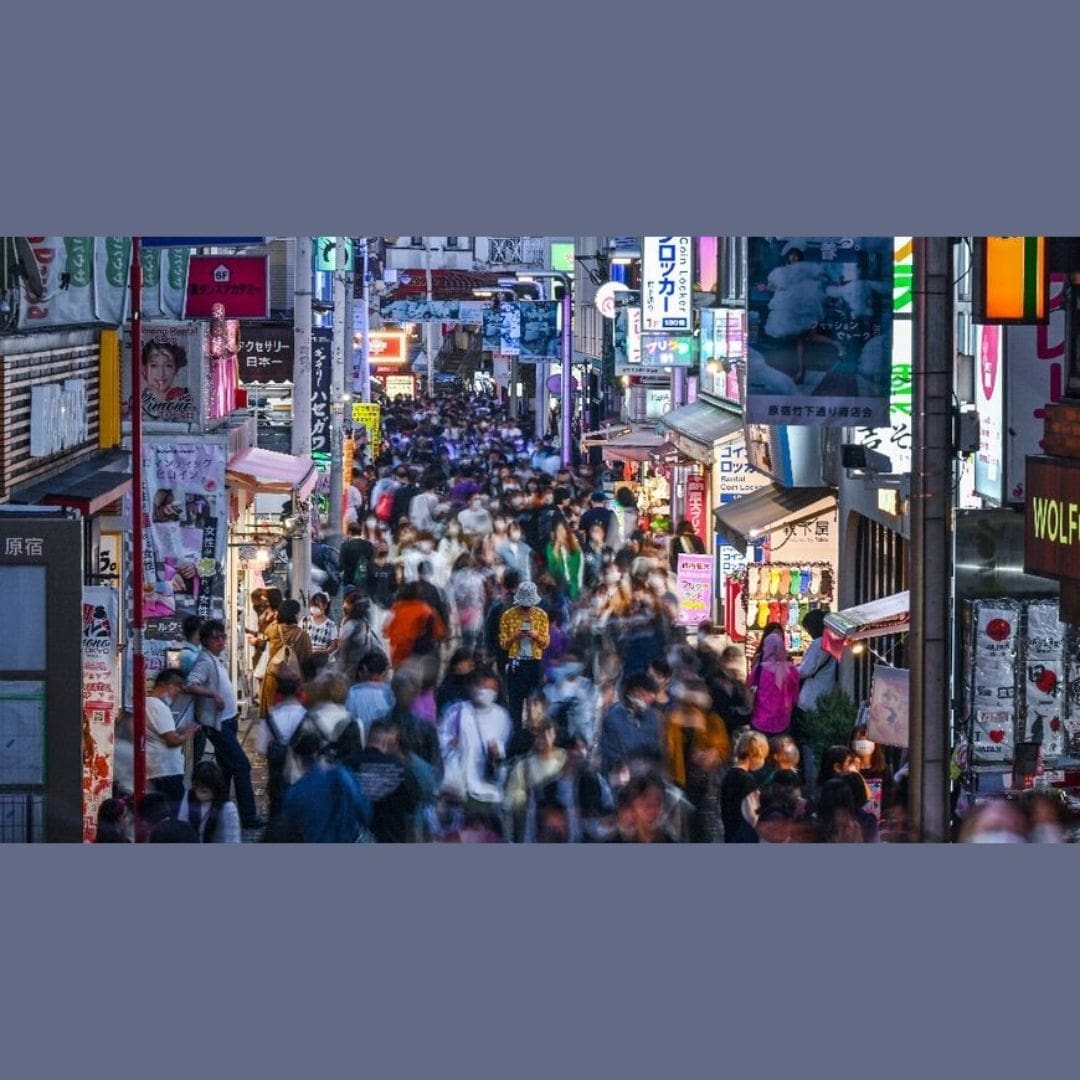The biggest names in fashion have committed to reducing their carbon footprint, but this goal is still unattainable at a time when “fast fashion” is all the rage and is being highlighted at the UN climate summit.
At the COP27 climate conference, clothing companies and manufacturers had the opportunity to display their climate pledges. However, several acknowledged that their pledge to cut emissions in half by 2030 and achieve net zero by the middle of the century may be ambitious.
“Are we already there? Obviously not. Do we have a plan? I suppose I might say, “At the COP27 in Sharm el-Sheikh, Egypt, senior head of sustainability for Puma Stefan Seidel spoke to a panel.
Greenpeace and other organisations have called on the industry, which is already under fire for frequently exploitative labour practices, to curtail or stop the wasteful trend of mass-producing cheap clothing that is quickly discarded.
Fast fashion, according to critics, generates greenhouse gases during the manufacture, transportation, and disposal processes, consumes a significant amount of water, creates dangerous chemicals, and fills landfills in developing nations with textile waste.
According to the consulting firm McKinsey, the fashion industry contributed 4% of world emissions in 2018—roughly equal to the combined emissions of Britain, France, and Germany.
At the COP24 summit in Poland in 2018, about 30 companies—including sportswear rivals Adidas and Nike and retail giants H&M and Zara owner Inditex—signed up to the Fashion Industry Charter for Climate Action.
They made a commitment at the time to reduce emissions by 30% by 2030 and to become net-zero emitters by the middle of the century.
With more than 100 companies now signing the pledge, they set the new, more challenging objective of halving their CO2 emissions by the end of the decade.
Industry insiders acknowledge that reaching the target is a significant challenge for a sector with extensive and intricate global supply chains.
“Difficult and expensive”
The “fast fashion” business model, which detractors claim is the root of the issue, received very little attention from industry representatives at COP27; instead, they concentrated on concepts related to the use of renewable energy in factories and regulation.
However, it will take a tremendous amount of work to green the entire supply chain and establish climate-friendly norms among industries and raw material suppliers.
H&M’s head of sustainability, Leyla Ertur, stated that there are more than 800 suppliers for the Swedish company.
Additionally, Gucci and Yves Saint Laurent are high-end brands owned by Kering Group, whose chief sustainability officer is Marie-Claire Daveu “Even we are too small to alter all the supply chains. Therefore, cooperation is essential.”
A different COP27 panel was informed by Egyptian manufacturer Ali Nouira that there are no certifying agencies in the area.
For a tiny brand coming out of Egypt, getting all the necessary certifications and keeping track of carbon footprints is really difficult and expensive, according to Nouira.
He added, “We also produce for other companies in Europe and other regions. Additionally, we feel pressure to lower our rates and obtain the certifications so that they can keep making their profits.
Jump of faith
Banks are now providing lower interest rates to businesses that commit to a net-zero goal, according to Nicholas Mazzei, head of environmental sustainability at online retailer Zalando.
Because the interest rates on the loans are so low, making the change could result in you paying nothing, according to Mazzei.
However, suppliers must pay high energy costs because manufacturing clothing uses more energy than retail stores at the end of the supply chain.
According to Catherine Chiu, vice president of corporate quality and sustainability at Kong Kong company Crystal International Group, “We need more renewable energy on a much larger scale than brands do.”
Even if solar panels were installed in each of the group’s 20 plants, she explained, only 17 percent of the energy would be saved.
Another Hong Kong-based clothing maker, TAL Apparel, has been decarbonizing its operations for ten years, according to Delman Lee, vice chair for sustainability at the company.
However, with companies in nations like Vietnam and Ethiopia, Lee said it is challenging to negotiate the many requirements.
Achieving net-zero status as a company “requires a leap of faith,” according to Lee. You commit to something you’re unsure of how to accomplish.

